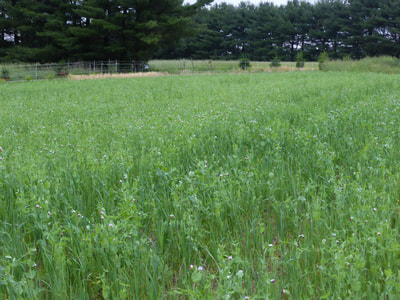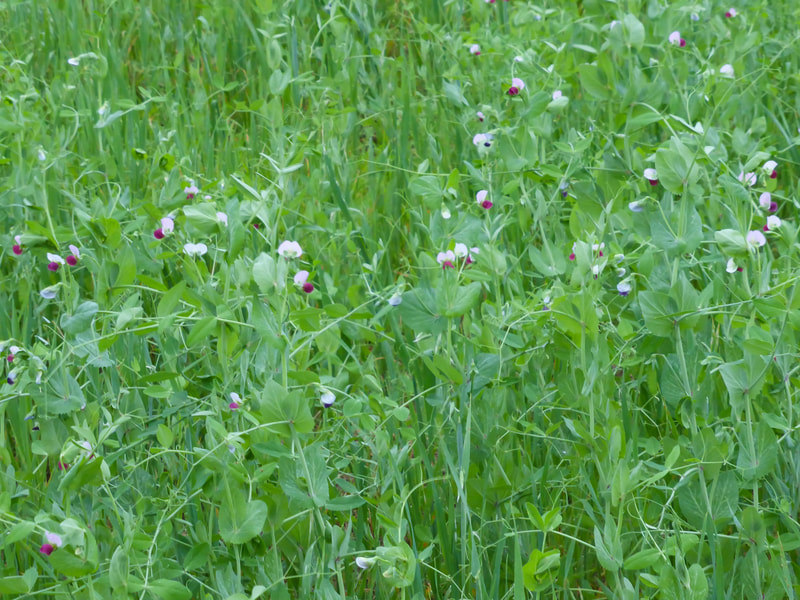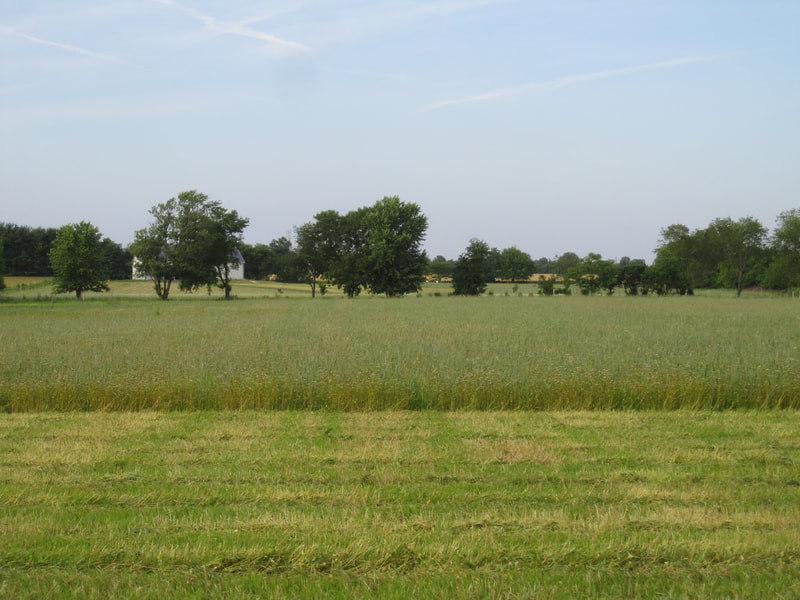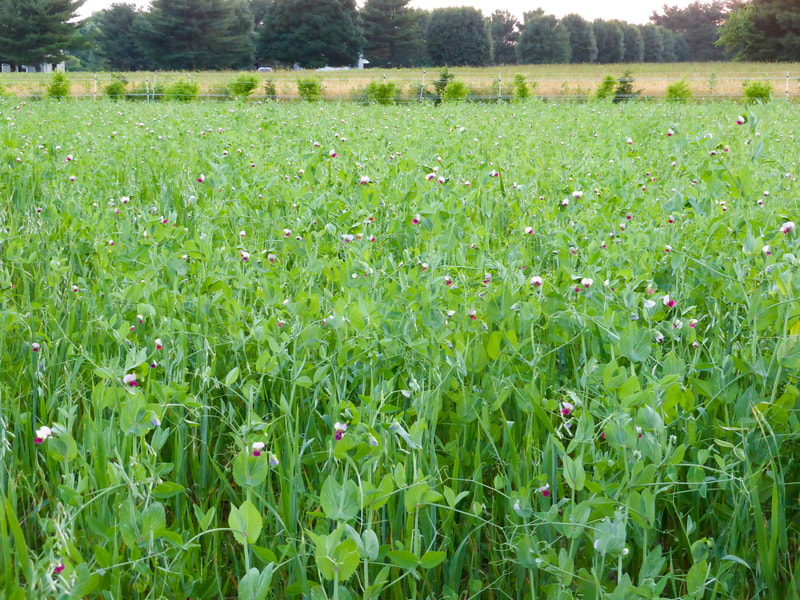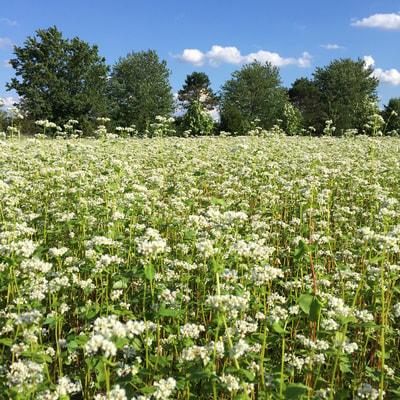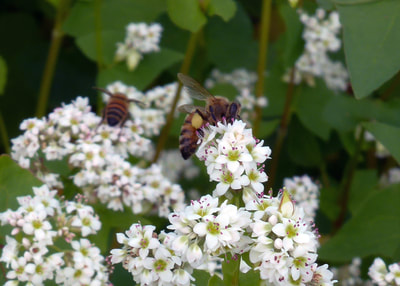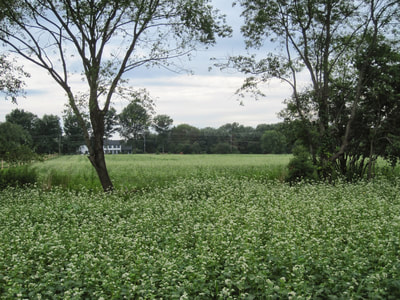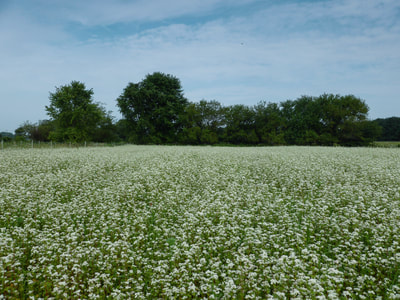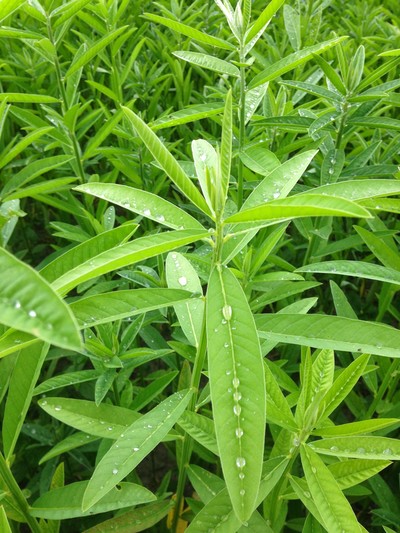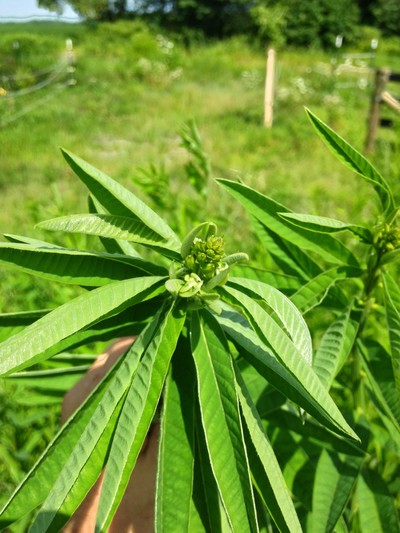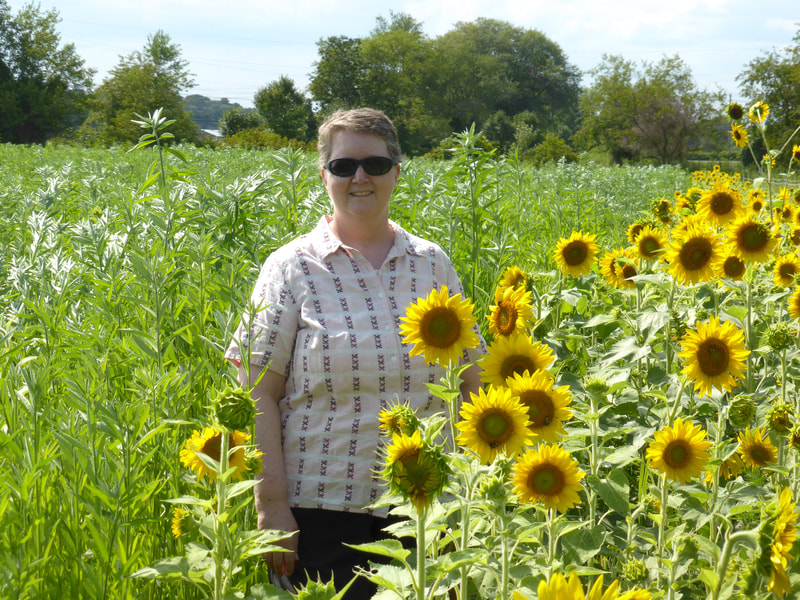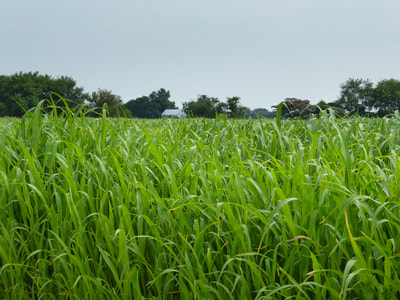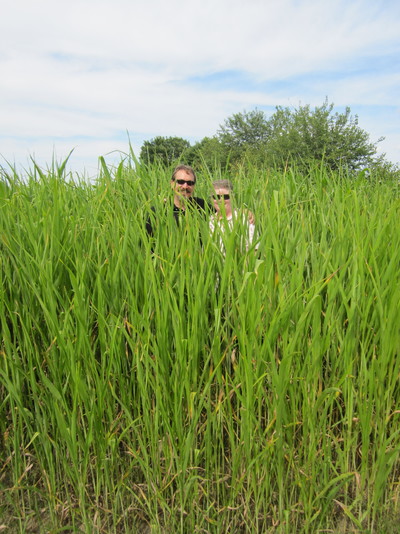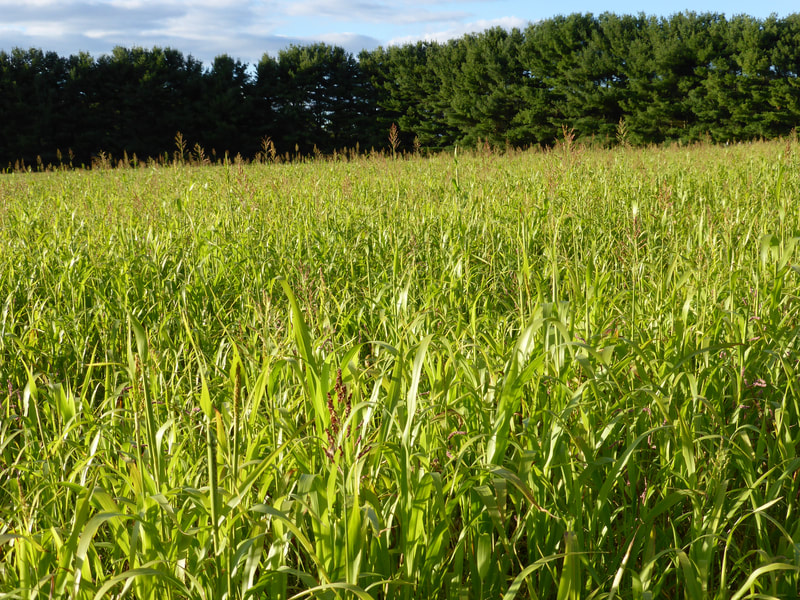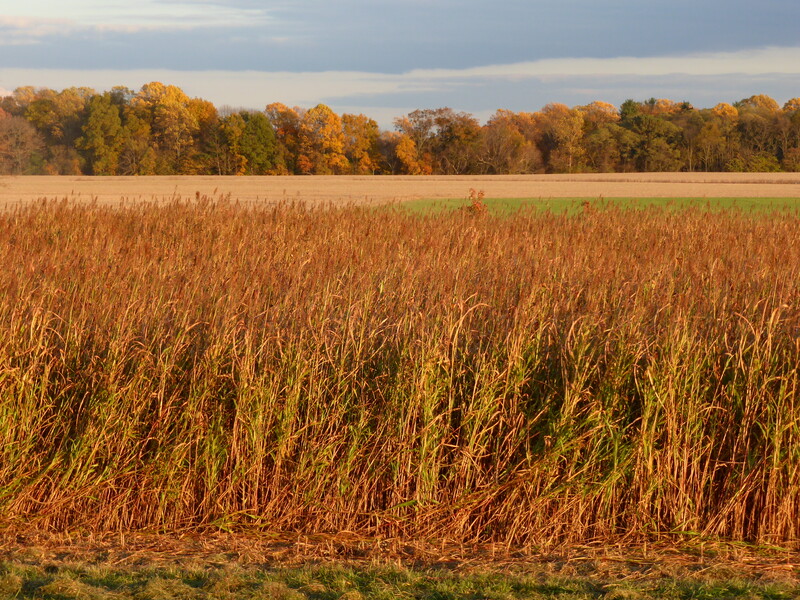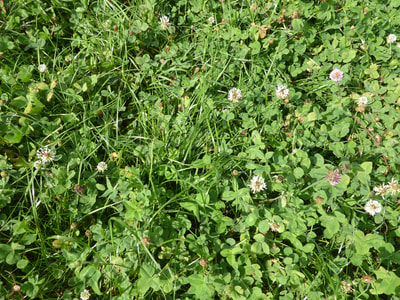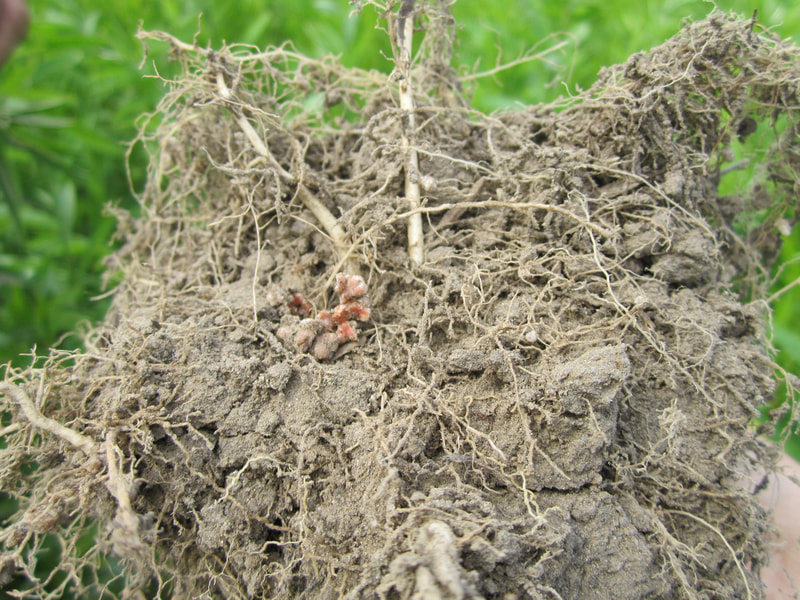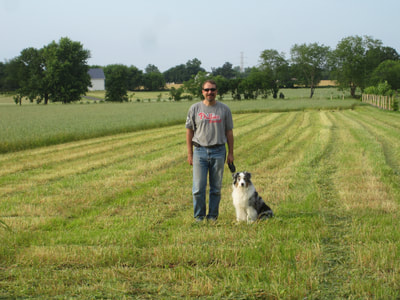Our farmland was used for growing crops for many years before we acquired it. The land needed to be restored, as the fertility was low, the soil was in poor condition and there were a lot of weeds. We used rotations of different cover crops over a 5 year time period to help with recovery of the soil. We did not use fertilizer or herbicides - letting the cover crops do the job of suppressing weeds and helping rebuild the biological activity of the soil. Compost and lime were the only soil amendments used. After the cover crop rotations, we planted permanent pasture for livestock grazing. Here are some photographs of the different types of cover crops that we used, and how the pastures look now. You can read more about our cover crop program, including details on the schedule we used here:
|
Vertical Divider
|
© COPYRIGHT 2023. ALL RIGHTS RESERVED.
|
